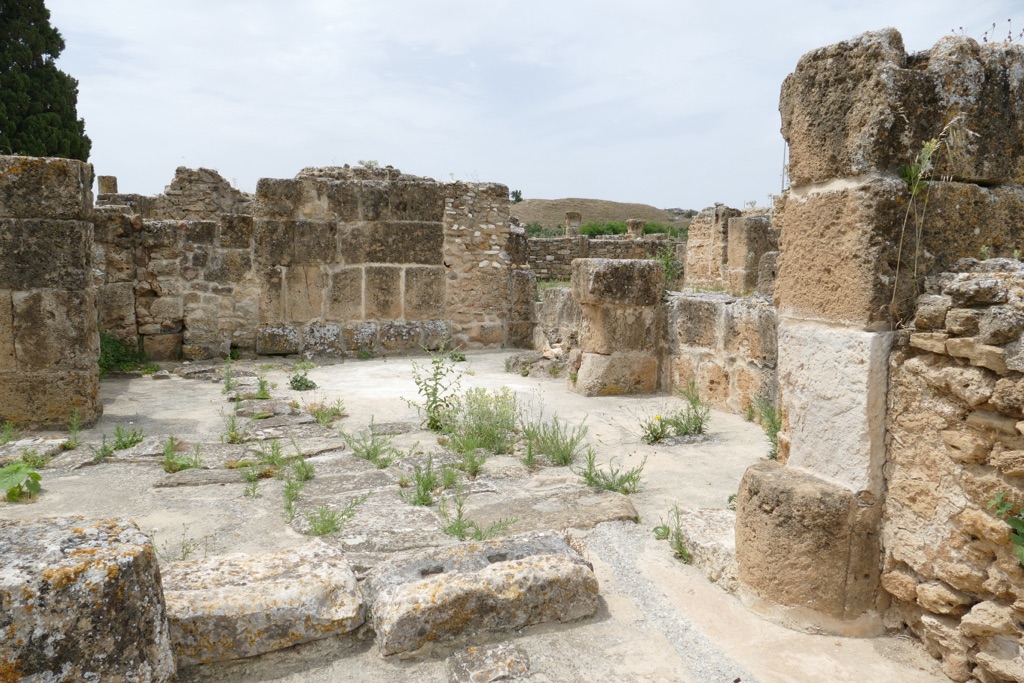Utica, Tunisia, is an ancient city that holds a treasure trove of history within its ruins. Founded by the Phoenicians, it predates Carthage and was once a bustling hub of commerce and trade. Over time, it became a Roman city and witnessed significant historical events. Today, it stands as a testament to the various civilizations that have left their mark on this land.
Get your dose of History via Email
Historical Background of Utica, Tunisia
Utica’s discovery dates back to the 19th century when archaeologists began unearthing its past. The city was founded by the Phoenicians in the 1st millennium BC. It served as a prominent port and commercial center before the rise of Carthage. Later, it became part of the Roman Empire and saw further development. Utica played a role in the Punic Wars and was where Cato the Younger ended his life after the defeat at Thapsus.
Throughout its history, Utica was inhabited by various cultures, including the Phoenicians, Romans, and Vandals. Each left their unique imprint on the city’s architecture and culture. The Romans, in particular, expanded the city, building forums, baths, and a theater. After the fall of the Roman Empire, Utica slowly declined and was eventually abandoned.
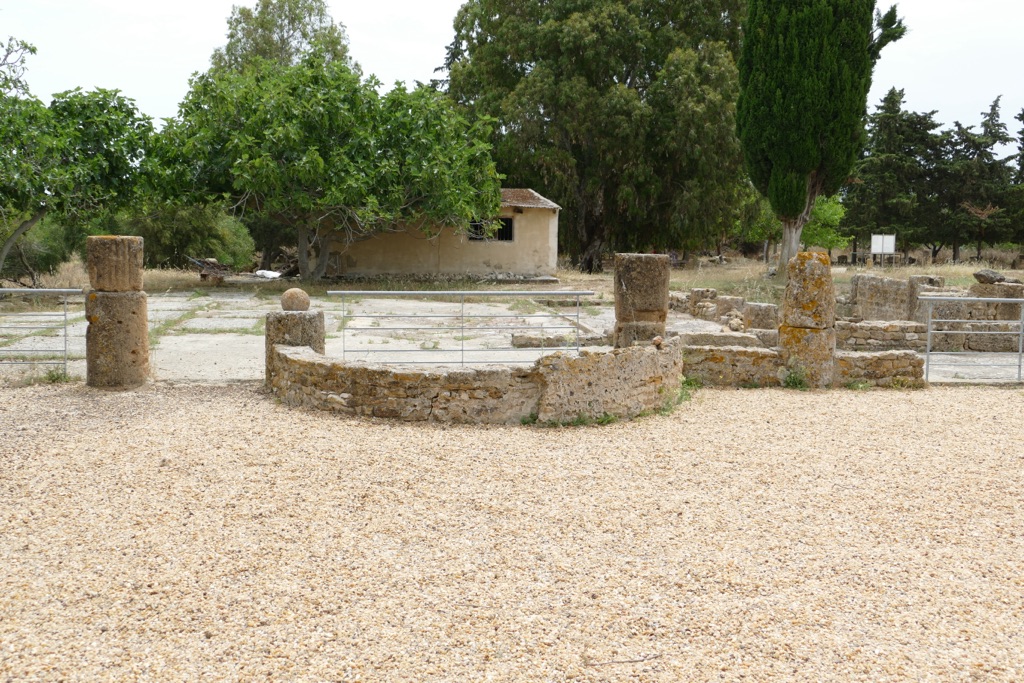
The site’s excavation began in earnest in the 19th century, led by European archaeologists. They uncovered a wealth of artifacts and structures that provided insights into Utica’s past. The city’s layout, with its streets, public buildings, and private homes, became clearer as digs progressed.
Utica’s significance lies not only in its age but also in its role in historical events. It was a key player in the Punic Wars, serving as an ally to Rome. The city also witnessed the transition from Punic to Roman rule, reflecting the broader shifts in power in the Mediterranean region.
Today, Utica is a site of historical importance, offering a glimpse into the ancient world. Its ruins tell the story of a city that was once at the heart of major historical events and shifts in civilization.
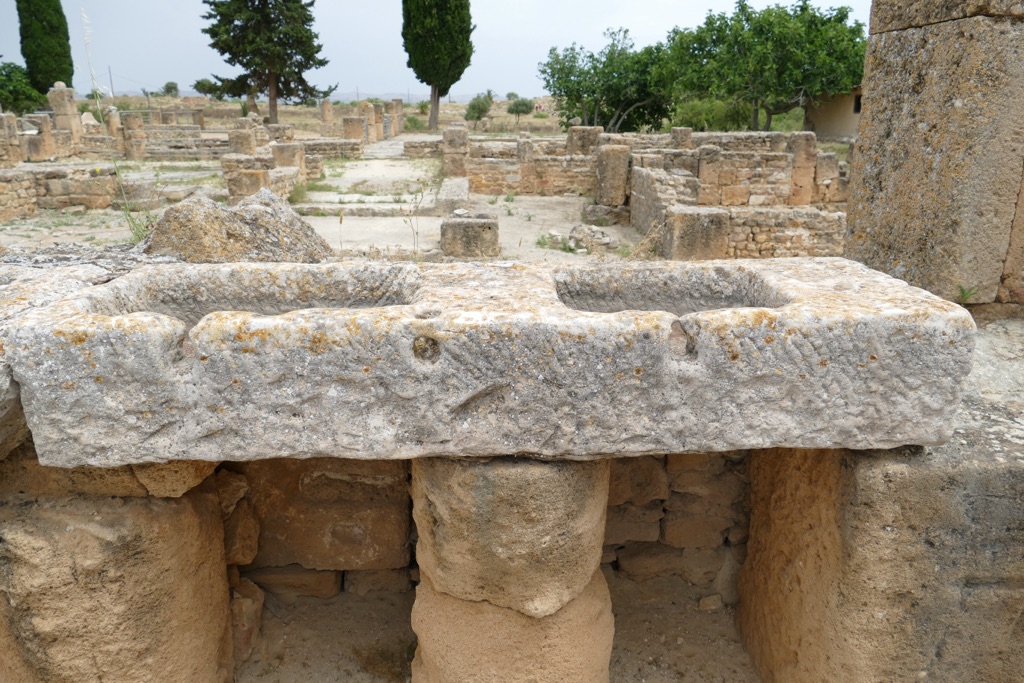
About Utica, Tunisia
Utica’s ruins reveal a city built with a mix of Punic and Roman architectural styles. The Phoenicians constructed the original city using local materials, while the Romans later added their monumental structures. The city’s layout was typical of Roman urban design, with a forum, a capitol, and a theater.
The forum was the center of public life, surrounded by temples and administrative buildings. The capitol, a Roman temple, stood as a symbol of imperial power and religious devotion. The theater, partially excavated, hints at the cultural life of the city’s inhabitants.
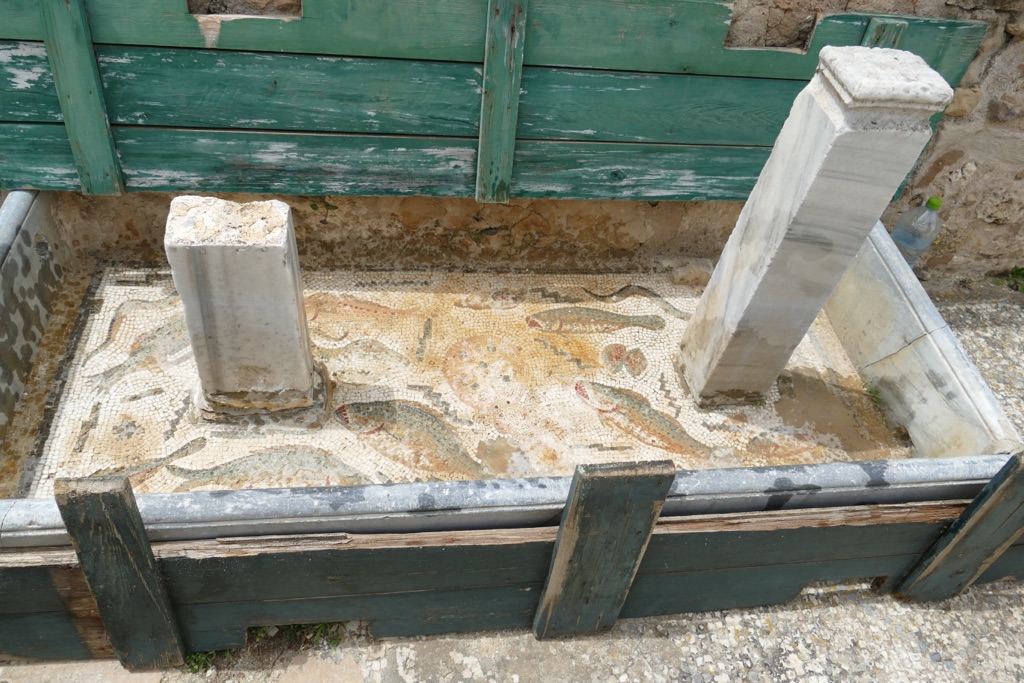
Construction methods varied over time, reflecting the technological advances and cultural influences of each period. The use of local stone and the adaptation of Roman building techniques are evident throughout the site. Mosaics and inscriptions provide further details about the city’s artistic and cultural expressions.
Architectural highlights include the baths, which showcase the Roman emphasis on public health and social interaction. The intricate plumbing systems and heating methods used in the baths were advanced for their time.
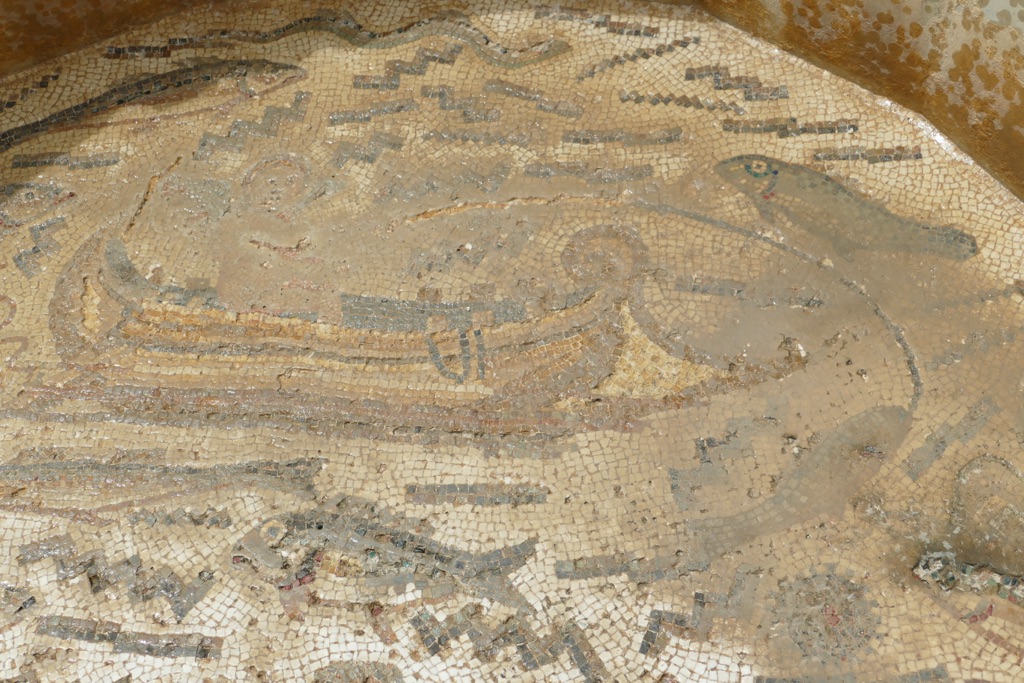
Overall, Utica’s architecture and building materials offer a rich narrative of the city’s evolution from a Phoenician settlement to a Roman metropolis. The ruins stand as a testament to the ingenuity and craftsmanship of its builders.
Theories and Interpretations
Several theories about Utica’s past have emerged from its ruins. The city’s use as a port and trade center is well-documented, but some aspects of its history remain shrouded in mystery. For instance, the exact relationship between Utica and Carthage during their coexistence is still debated.
Some interpretations suggest that Utica may have served as a religious center, as evidenced by the temples and sacrificial altars found on-site. The presence of these religious structures has led to speculation about the nature of worship and the gods revered by its inhabitants.
Historians have matched the city’s features to historical records, confirming its significance in the Punic Wars and its alliance with Rome. However, the details of daily life and the extent of cultural exchange between the Phoenicians and Romans are still being pieced together.
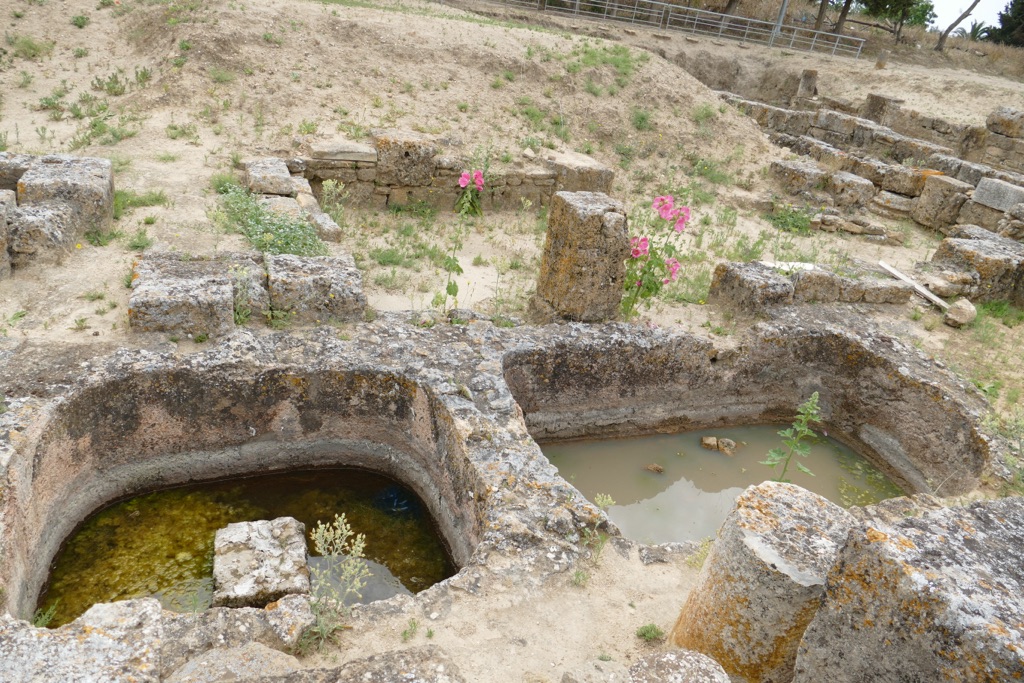
Dating of the site has been carried out using methods such as stratigraphy and pottery analysis. These techniques have helped establish a timeline for Utica’s occupation and development, although some periods remain less understood than others.
Overall, Utica’s ruins provide a wealth of information, but they also pose questions that continue to intrigue archaeologists and historians. The site remains a focal point for research and interpretation, offering new insights into the ancient world.
At a glance
Country: Tunisia
Civilization: Phoenician, later Roman
Age: Founded in the 1st millennium BC
Conclusion and Sources
Reputable sources used in the creation of this article include:
- Wikipedia: https://en.wikipedia.org/wiki/Utica,_Tunisia

